What is a Social Media Policy?
Simply put, a Social Media Policy is a set of guidelines put forward by the company and given out to the employees in terms of the expected behavior when it comes to their social media activity on behalf of the company.
Why do that? To ensure that your employees are acting reputably online and they are not putting your company into danger. And if you think that this scenario is pretty unlikely – it is not. We have many examples of employees behaving inappropriately on social media to show. We will look into some examples in a bit.
If you are still a bit unsure what a Social Media Policy is, check out Adidas Social Media guidelines to get a feel of what this is all about.
What Should It Include?
So if you have decided that a Social Media Policy is a must – you are definitely left wondering what you should include in there. We have done a little research for you and we have found the 3 must-haves in your social media policy.
Outline Rules and Regulations
This section should cover the expectations in terms of appropriate behavior on social media. Make sure to include the following:
- Outline the brand guidelines that need to be followed online. Don’t forget to explain how employees should be talking about your brand on social media, including how they are expected to engage with negative or positive mentions of the brand.
- Talk about the confidential information that should not be shared on social media
- Explain the consequences of acting irresponsibly and inappropriately on social media.
- Discuss what is considered acceptable behavior on social media for personal use and what should be avoided.
Delegate Roles and Responsibilities
The truth is that even if you take the best precautions to avoid such scenarios from happening – they can still happen. And in order to get out quickly and safely, you need to be prepared. That’s why it’s important to delegate the roles and responsibilities for social media governance tasks, such as security risks, crisis response, and staff training. It’s all about taking precautions and being ready! Legal and Security Risks
When it comes to social media, legal risks are a hot topic. You will need to outline any concerns in your Social Media Policy in order to avoid posing your company into legal risks. Some areas that should be covered in your policy are:
- Crediting sources when content is borrowed.
- Use of employee disclaimers when publicly engaging with business-related content that identifies them as an employee.
- Privacy and Disclosure procedures to define confidential, non-shareable business information.
Another frequent risk of social media is a security risk. Employees on social media often fall in the trap of phishing scams and hacks, which in turns might put the company in a real security risk. For this reason, you will need to provide guidelines on how to avoid such cases and what is the best course of action when employees face something that seems suspicious. Guidelines should cover various topics on the matter, ranging from password protection to software updates.
Benefits
Protect your company’s reputation
Brand image is fragile. It takes many years to build, but it can be destroyed in just a few seconds. That’s why you need to safeguard it. By having a social media policy in place, you are monitoring all business-related posts to ensure they align with the brand’s guidelines and they do not contain any inappropriate, immoral or other negative comments. For instance, Walmart has put forward a set of guidelines that are medium-specific. This way, the retailer is very straightforward in what it accepts online for each specific channel.
Empowers employees to share company messages
By setting specific guidelines, you are encouraging your employees to share online messages that are aligned to the brand’s purpose and mission. Imagine, if the employees working in a non-profit organization that aims to reduce plastic waste, post images of them drinking, partying and throwing out plastic cups. The two just do not go together.
Let’s look at an example. Comedian Gilbert Gottfried was relieved of his duties after tweeting inappropriate jokes about the 2011 tsunami that hit Japan and killed thousands of people. His tweets included the following:
“Japan called me. They said ‘maybe those jokes are a hit in the U.S., but over here, they’re all sinking.”
“Japan is really advanced. They don’t go to the beach. The beach comes to them.”
Create consistency across all channels
And it goes without saying that by having a unified social media policy, you will definitely enjoy consistency throughout all channels, including LinkedIn, Instagram, facebook, twitter, and the list goes on.
For example, at Hootsuite, they encourage employees who post online on behalf of the company to create a twitter handle using @Hoot[individual’s name]. This way other Hootsuite employees are easily identifiable.
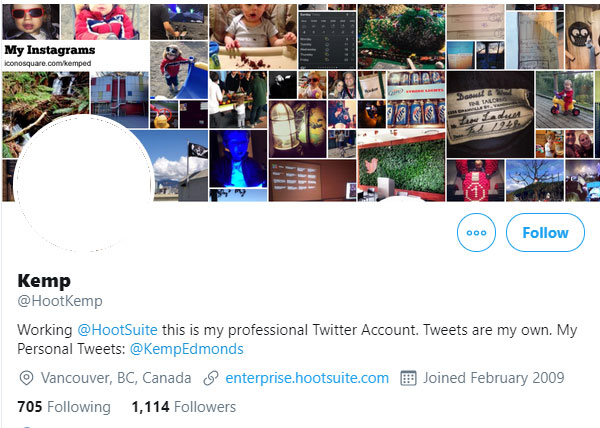
3 Things to Remember
Keep it brief
When writing a Social Media Policy it is important to keep it simple and brief. Nobody is going to read through a 50-page document that is written in a formal, non-conversational tone. In terms of that, a great example is Shift Communications, which summarized its Social Media Policy in 10 brief points. Go check it out!
Be specific
You need to get across what your Social Media Policy is all about. Be clear about what you will accept to see online and what you will not. You definitely want to avoid scenarios like the below:
Conner Riley, a 22-year-old graduate was dismissed from her job at Cisco in 2009 after posting inappropriate comments about her new job. This is what she wrote:
“Cisco just offered me a job! Now I have to weigh the utility of a fatty paycheck against the daily commute to San Jose and hating the work.”
But don’t be too specific…
Yes, this definitely gets confusing now. The problem is that social media is such a dynamic tool that keeps changing every day. And you definitely cannot keep changing your social media policy every day. That’s why you need to focus on the bigger picture and try to talk in universal terms that will apply for a longer time frame. So try to keep a balance between the two – not too broad but not too specific.
Have a crisis management plan in place
Even if you create the most readable and understandable social media policy with all dos and don’t’s, there is still a chance of you coming across a Social Media Policy violation. When this happens, you need to have a crisis management action plan ready. Social Media can spread the message in a matter of seconds – so it’s important to be quick, dynamic and agile.
Takeaway: A Social Media Policy Is a Must
If you don’t have your Social Media Policy in place by now, it’s high time you start creating one. If you have read this article, you definitely know why it is important to set your social media guidelines and what can go wrong if you don’t. Make sure to follow the tips provided and this shouldn’t be too hard to create. All the best of luck!


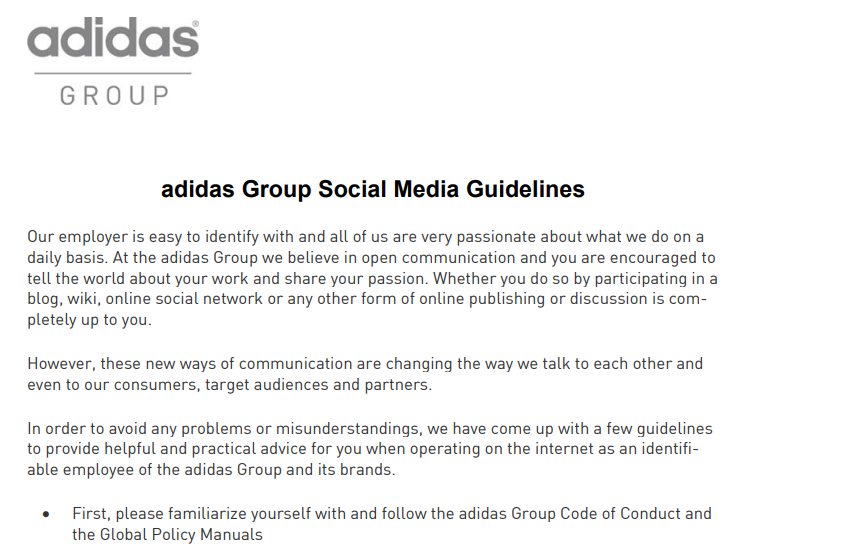
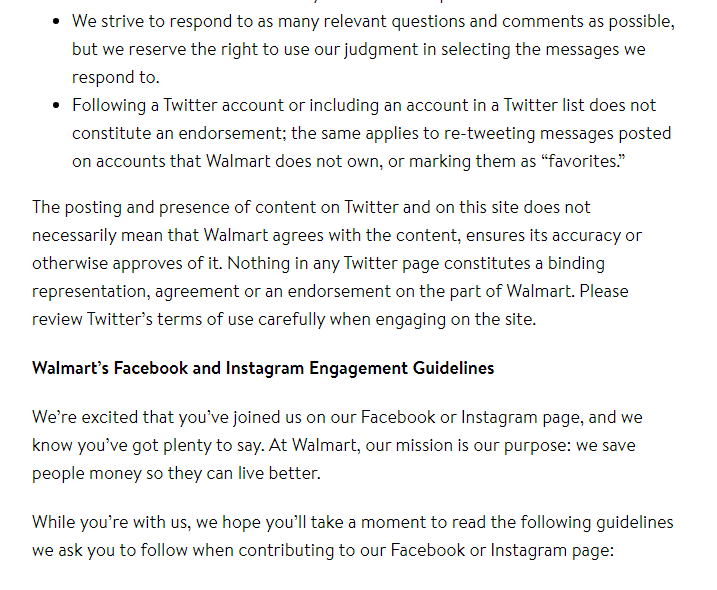


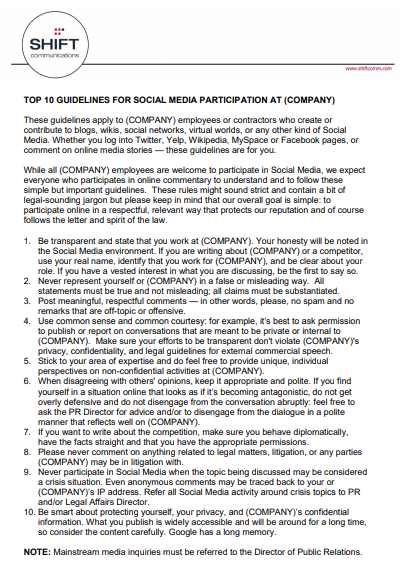
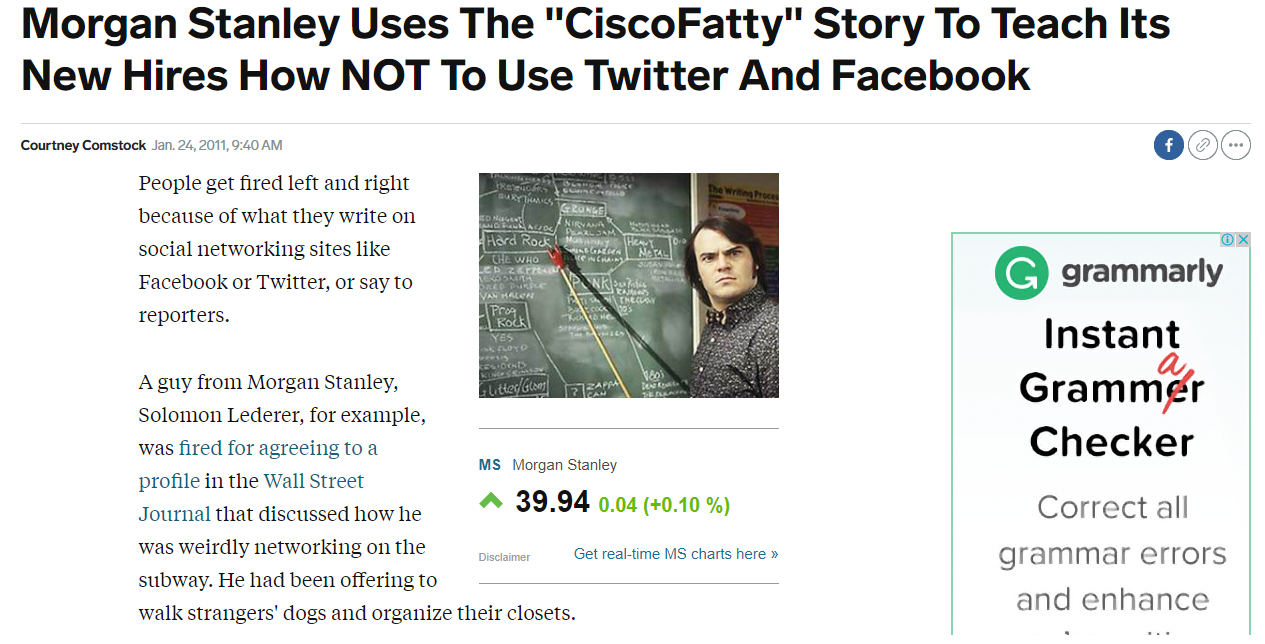

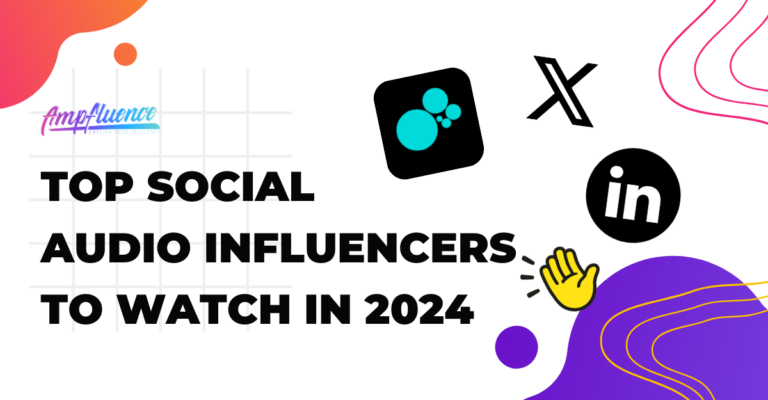





One Response